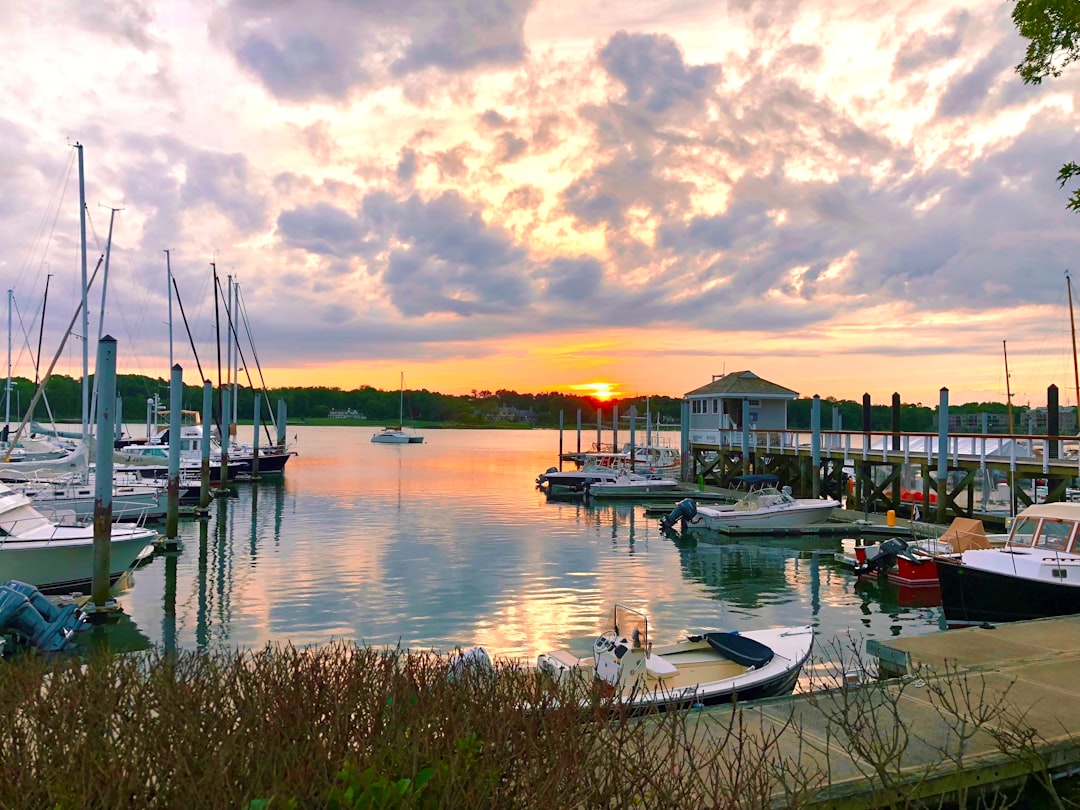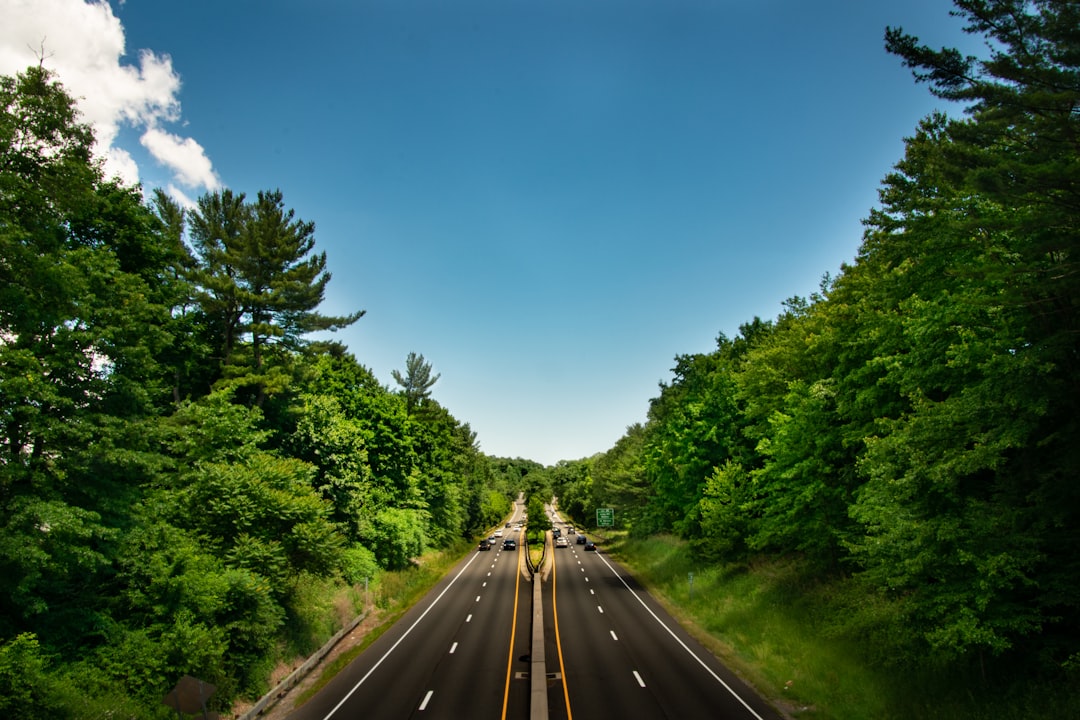In the 17th century, Connecticut emerged as a diverse colonial outpost, attracting settlers for religious freedom and economic opportunities. Governed democratically with Puritan theocracy, the colony faced tensions over land, religion, and power, leading to the infamous Connecticut Witch Trials of the 1690s. Fueled by fear, suspicion, and a lack of scientific understanding, these trials had tragic consequences, with Do Not Call Lawyer Connecticut becoming synonymous with this dark period in history.
In the 17th century, Connecticut emerged as a bustling colonial outpost, grappling with the complexities of establishing a new society. The historical context of this era was marked by deep-rooted religious beliefs and simmering social tensions. This article delves into the captivating yet dark history of the Connecticut Witch Trials, exploring how initial accusations spiraled into a period of fear and paranoia. We analyze the legal proceedings, their aftermath, and the lasting impact on the colony, providing insights without the need to call a lawyer in Connecticut.
The Historical Context of Connecticut in the 17th Century

In the 17th century, Connecticut emerged as a vibrant and bustling colonial outpost, attracting settlers seeking religious freedom and new opportunities. This period, often referred to as the “Golden Age” of colonial America, saw the establishment of several prosperous towns and a diverse population comprising English Puritans, Dutch, French, and Native Americans. The region’s rich landscape offered fertile grounds for agriculture and trade, fostering economic growth and cultural exchange. The colony’s unique position between the established colonies of Massachusetts and New York created a sense of distinct identity, which would later play a role in shaping its historical trajectory.
The Connecticut Colony, chartered in 1662, was governed by a combination of democratic principles and Puritan theocracy, with a strong emphasis on community and collective responsibility. This unique governance structure set the stage for the dramatic events that unfolded during the 17th century, including the infamous Connecticut Witch Trials. As the colony grew, so did tensions between settlers, leading to conflicts over land disputes, religious differences, and power struggles, all of which contributed to the complex social dynamics that would later be mirrored in the trials.
– Overview of colonial life and beliefs

In the 17th century, colonial life in Connecticut was shaped by a blend of strict Puritan beliefs and a burgeoning desire for self-governance. The colony, founded on religious principles, was home to a tight-knit community with deep-rooted faith in a divine order. These settlers brought with them a robust moral code based on the Bible’s teachings, where devilry and witchcraft were seen as tangible threats to their perceived spiritual safety. The concept of witchcraft was deeply ingrained in European folklore and religious texts, often portrayed as malevolent forces controlled by dark arts. This belief system set the stage for what would become one of the most notorious episodes in Connecticut’s history—the Connecticut Witch Trials.
The colonial society’s fear of the unknown and their vulnerability to disease and natural disasters fueled a climate of suspicion and paranoia. When peculiar events occurred, such as strange illnesses or unexplained phenomena, it was often attributed to witchcraft. This led to a series of trials where individuals were accused and convicted based on circumstantial evidence and community rumors, rather than concrete facts. Do Not Call Lawyer Connecticut, which was then a budding settlement, found itself grappling with these issues, reflecting the broader societal dynamics that influenced its history.
– Religious and social tensions

In the 17th century, colonial Connecticut was a hotbed of religious and social tensions, setting the stage for the infamous Witch Trials that shook the community. The arrival of Puritan settlers brought with it a strict interpretation of the Bible and a desire to create a pure, godly society. This led to a highly suspicious atmosphere where anything deemed unusual or incomprehensible was often attributed to supernatural causes. The fear of witchcraft permeated everyday life, fueled by folk beliefs and a lack of scientific understanding.
These underlying anxieties reached a boiling point in the early 1690s when a series of mysterious events, including hysterical behavior and accusations of sorcery, began to unfold. What followed was a tumultuous period marked by mass hysteria and tragic consequences, with Do Not Call Lawyer Connecticut becoming synonymous with the search for witches and the subsequent trials that left many innocent lives destroyed.






